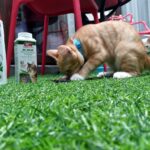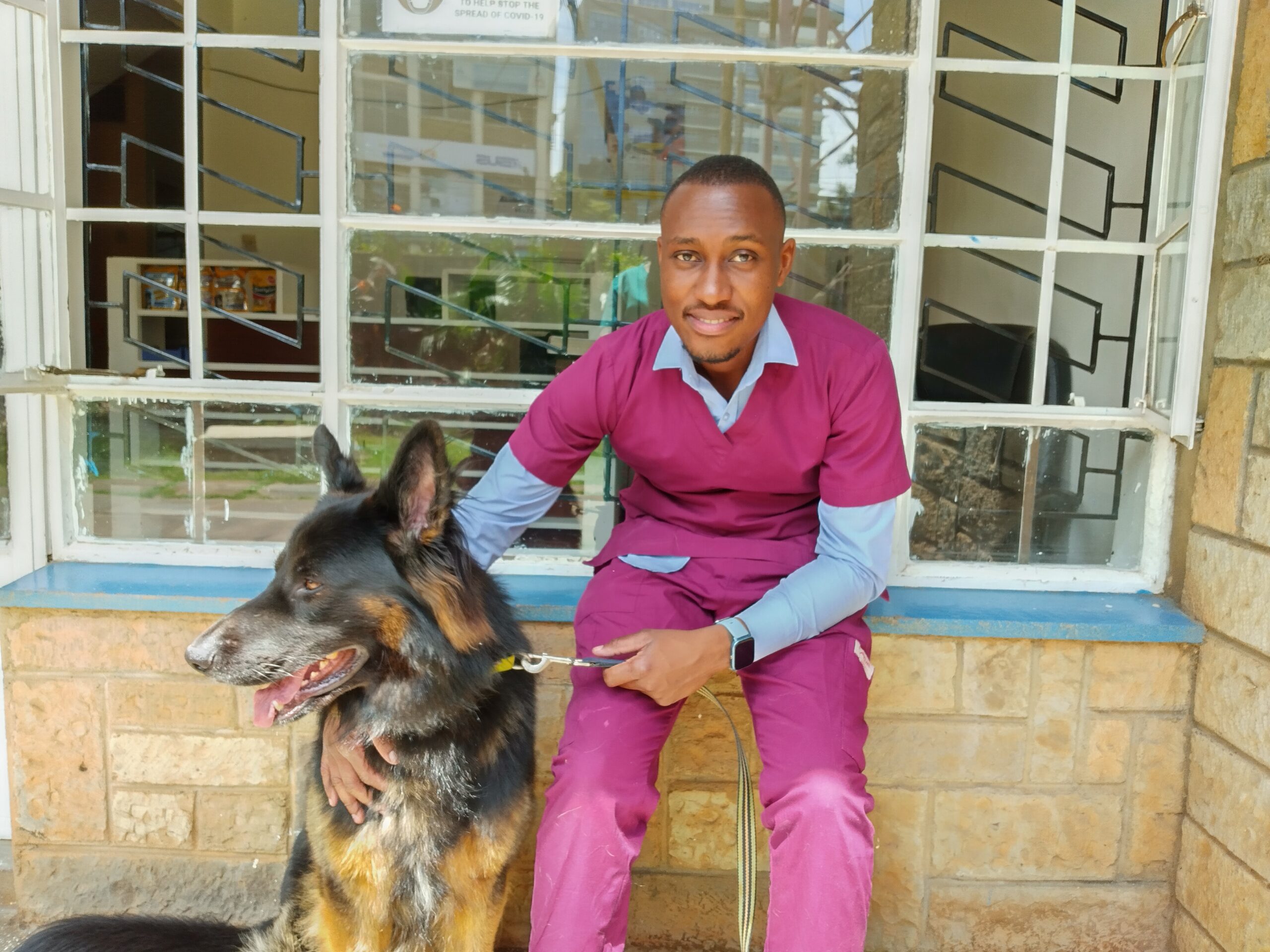Rabbit overgrooming, also known as barbering, is a behavior where a rabbit excessively grooms itself or another rabbit, often causing hair loss or skin irritation. This behavior can have various causes and may require intervention to prevent potential health issues. Here’s an explanation of rabbit overgrooming and some prevention strategies:
Causes of Rabbit Overgrooming:
- Stress: Stress is a common cause of overgrooming in rabbits. Stressors can include changes in their environment, new pets or people in the household, loud noises, or the presence of a dominant rabbit.
- Boredom: Rabbits are intelligent animals that need mental stimulation and physical activity. If they are bored or lack environmental enrichment, they may engage in overgrooming as a repetitive behavior.
- Medical Issues: Some medical conditions, such as skin infections, mites, allergies, or pain from dental problems, can lead to overgrooming as a response to discomfort.
- Hormonal Changes: Hormonal imbalances, such as those related to reproductive issues or spaying/neutering, can sometimes trigger overgrooming.
- Social Dynamics: In a group of rabbits, one rabbit may dominate the others and engage in overgrooming as a sign of dominance or aggression.
Prevention and Management :
- Veterinary Examination: If you suspect that your rabbit is overgrooming, it’s crucial to consult a veterinarian. They can determine if any underlying medical issues are contributing to the behavior.
- Address Stressors: Identify and minimize stressors in your rabbit’s environment. Keep their living space calm and quiet, and provide a consistent routine. Introduce changes gradually to reduce stress.
- Environmental Enrichment: Provide mental and physical stimulation for your rabbit through toys, tunnels, hiding spots, and opportunities to explore. Puzzle feeders with hay or vegetables can also keep them engaged.
- Companionship: If your rabbit is alone, consider providing them with a rabbit companion, as they are social animals. Make sure the rabbits are properly bonded to prevent aggression.
- Spaying/Neutering: Spaying or neutering your rabbit can help reduce hormone-driven behaviors and aggression, possibly contributing to overgrooming.
- Regular Grooming: Groom your rabbit regularly to remove loose fur and prevent hairballs, which can lead to overgrooming. Long-haired rabbit breeds may require more frequent grooming.
- Consult a Behaviorist: If your rabbit’s overgrooming concerns complex behavioral issues, consult a rabbit behaviorist for guidance and training techniques.
- Medical Treatment: If there are underlying medical issues contributing to the overgrooming, follow your veterinarian’s treatment recommendations.
- Diet: Ensure your rabbit’s diet is balanced and appropriate for their age and health. A high-fiber diet consisting mainly of hay is essential for digestive health.
- Monitor Social Dynamics: If you have multiple rabbits, observe their interactions and intervene if necessary to prevent bullying or dominance behavior.
Remember that overgrooming in rabbits can be a sign of underlying problems, so it’s crucial to work closely with a veterinarian and, if needed, a rabbit behaviorist to identify the specific cause and develop an appropriate prevention and management plan.







